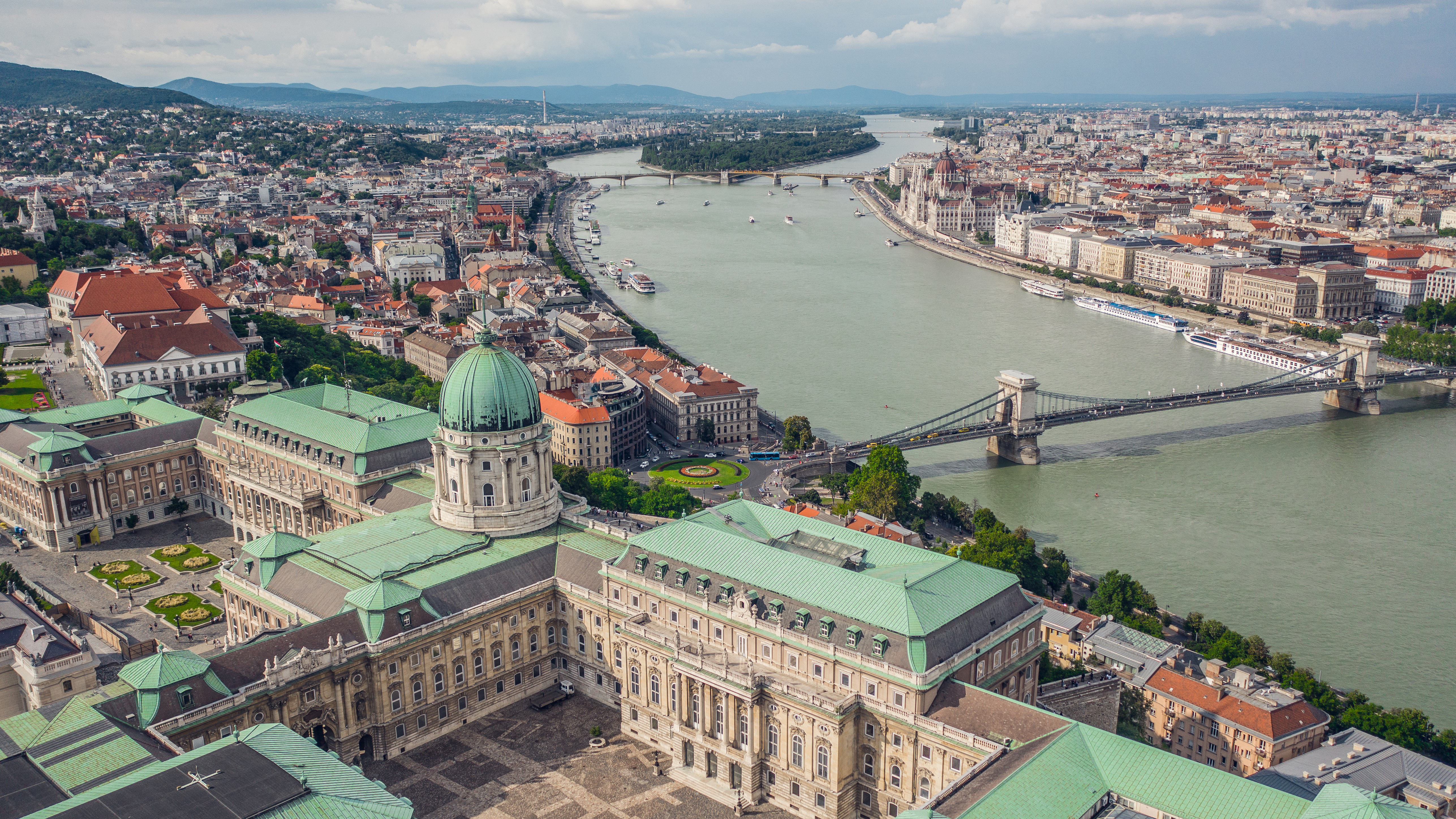12 Sky-High Sanctuaries: Remote Monasteries with Unbelievable Views
In a world increasingly dominated by the hustle and bustle of urban life, the allure of remote monasteries, perched on the precipices of the world's most breathtaking landscapes, offers a serene escape. These secluded sanctuaries, often nestled high in the mountains or hidden in the folds of lush valleys, provide not only a spiritual refuge but also a feast for the eyes with their spectacular views. This article embarks on a journey to explore 12 such breathtaking monasteries, each with its unique charm and history. We delve into the reasons why these remote retreats captivate the imagination and inspire awe. Whether it's the architectural marvels that defy gravity or the tranquil settings that promise introspection, these monasteries offer a glimpse into a world where spirituality and nature harmoniously coexist. As we ascend the heights, we will uncover the stories behind these sacred spaces, the cultures they represent, and the breathtaking vistas that surround them.
1. Meteora, Greece: Monasteries Suspended in Air
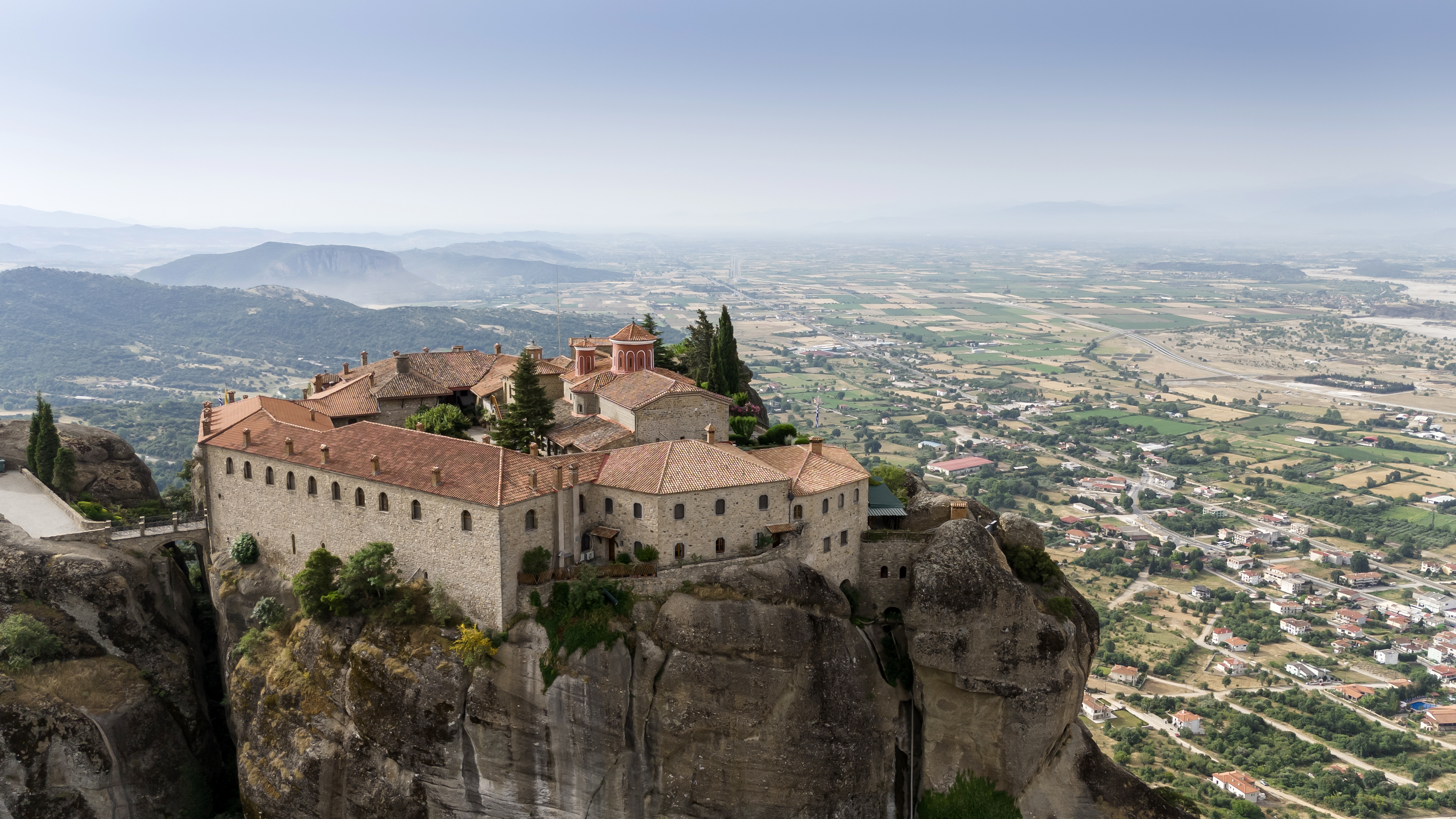
Meteora, a UNESCO World Heritage Site in Greece, is home to one of the most extraordinary collections of monasteries in the world. Perched atop towering rock pillars, the Meteora monasteries appear to be suspended in air, a testament to the ingenuity and faith of their builders. Originally accessible only by rope ladders and pulleys, these monasteries provided solitude and safety for the monks who sought refuge from the turmoil of the outside world. Today, six of the original twenty-four monasteries remain active, each offering a unique glimpse into the monastic life and breathtaking views of the surrounding landscape. The monasteries of Meteora are renowned for their stunning frescoes, intricate wood carvings, and the serene beauty of their natural surroundings. As we explore these sacred spaces, we will uncover the history, architecture, and spiritual practices that make Meteora a truly awe-inspiring destination. The juxtaposition of human achievement and natural wonder at Meteora serves as a powerful reminder of the enduring quest for spiritual and artistic expression.
2. Tiger's Nest Monastery, Bhutan: The Jewel of the Himalayas
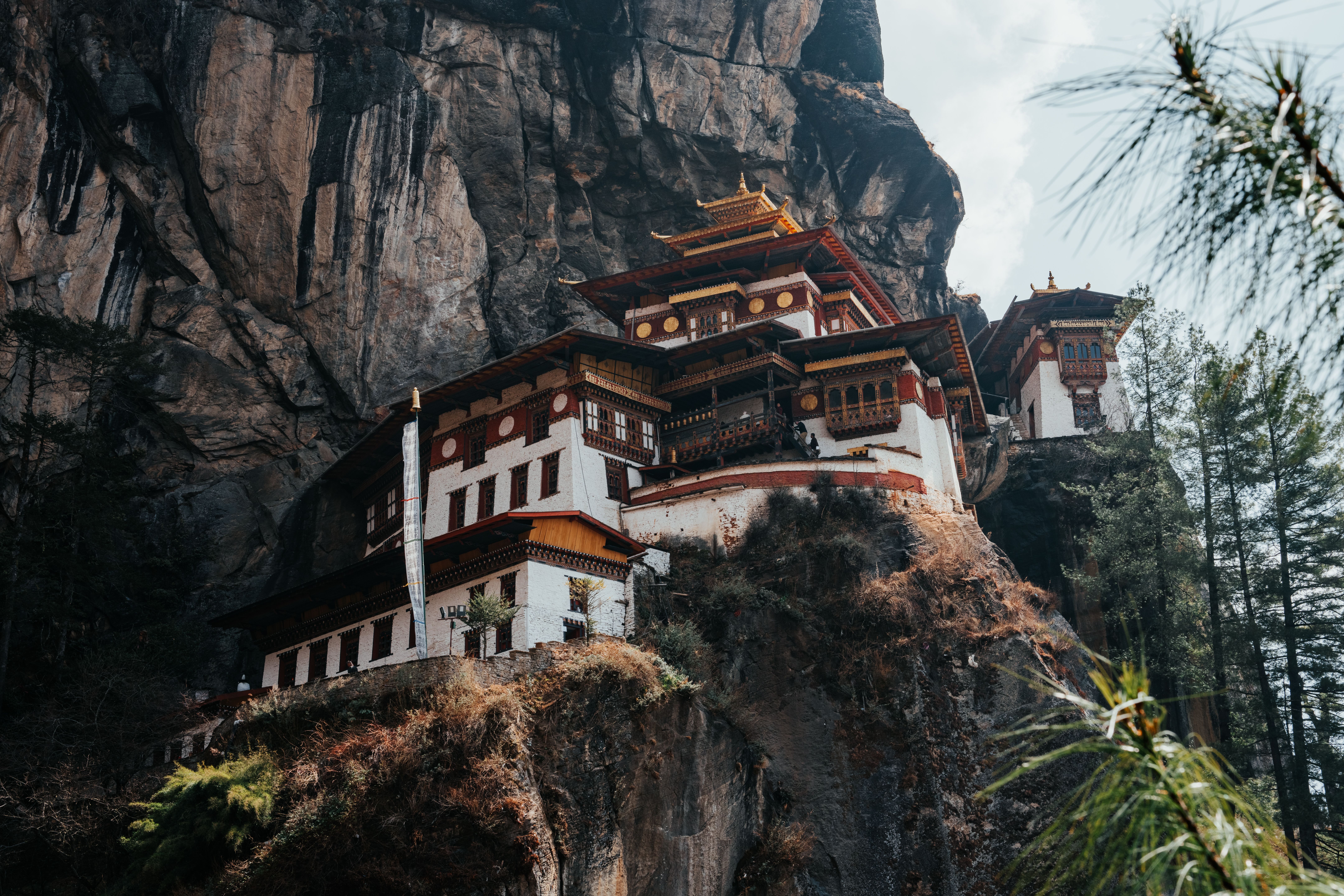
The Tiger's Nest Monastery, or Paro Taktsang, is one of Bhutan's most iconic landmarks, nestled on the edge of a cliff 3,000 meters above the Paro Valley. Legend has it that Guru Rinpoche, the founder of Tibetan Buddhism, flew to this location on the back of a tigress, meditated in the caves, and subdued the local demons. The monastery was built in 1692 and has since become a pilgrimage site for Buddhists from around the world. The journey to the Tiger's Nest is a spiritual trek in itself, offering breathtaking views of the Himalayas and the lush valley below. The monastery's architecture is a blend of traditional Bhutanese design and natural elements, seamlessly integrating with the cliffside. As we explore the Tiger's Nest, we will delve into the legends and spiritual practices that define this sacred space, as well as the cultural significance of Bhutan's unique approach to spirituality and conservation. The Tiger's Nest Monastery stands as a symbol of Bhutan's commitment to preserving its spiritual and natural heritage.
3. Phugtal Monastery, India: A Hidden Gem in the Himalayas
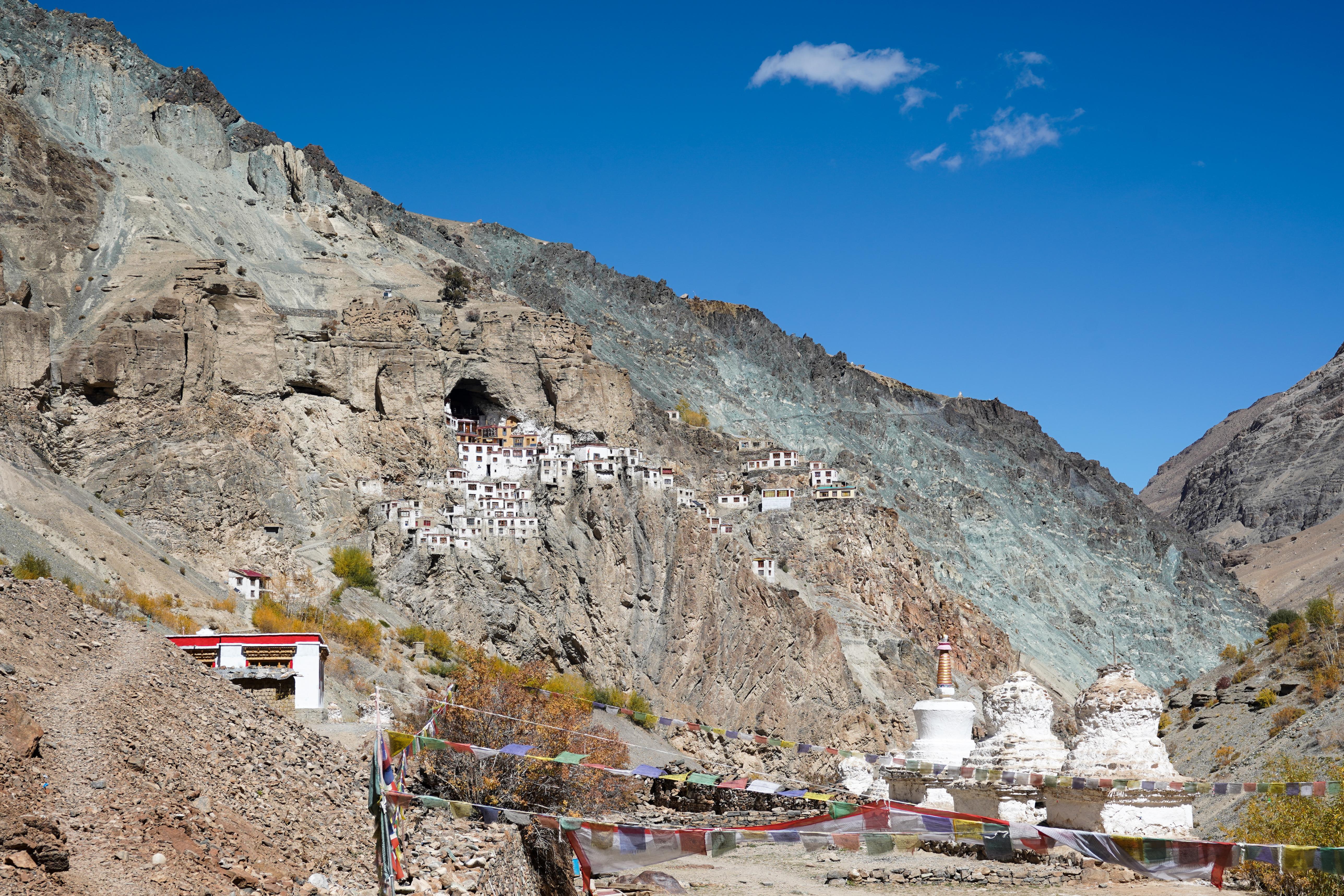
Nestled in the remote Zanskar Valley of Ladakh, India, Phugtal Monastery is a hidden gem accessible only by foot, reflecting the true essence of isolation and tranquility. Built around a natural cave in the 12th century, the monastery resembles a honeycomb, with its whitewashed buildings clinging to the cliffside. The trek to Phugtal is a journey through rugged terrain and breathtaking landscapes, offering a sense of adventure and discovery. The monastery is home to a small community of monks who follow a traditional Tibetan Buddhist way of life, dedicating their days to study, meditation, and prayer. The spiritual ambiance of Phugtal is complemented by the stunning views of the surrounding mountains and the tranquil river flowing below. As we explore Phugtal, we will uncover the history, spiritual practices, and daily life of the monks who call this remote sanctuary home. The monastery stands as a testament to the enduring spirit of those who seek enlightenment in the solitude of the Himalayas.
4. Sumela Monastery, Turkey: A Byzantine Marvel in the Black Sea Region

Perched on a steep cliff in the Pontic Mountains of Turkey, Sumela Monastery is a Byzantine marvel with a history that spans over a millennium. Founded in the 4th century by Greek Orthodox monks, the monastery is dedicated to the Virgin Mary and has been a pilgrimage site for Christians for centuries. The monastery's remote location, surrounded by dense forests and cascading waterfalls, offers a sense of serenity and seclusion. The architecture of Sumela is a blend of Byzantine and local styles, with frescoes that depict scenes from the Bible and the lives of saints. The monastery's strategic location provided protection from invaders, allowing it to thrive as a center of religious and cultural activity. As we explore Sumela, we will delve into the history, art, and spiritual significance of this ancient sanctuary, as well as its role in the cultural heritage of the Black Sea region. Sumela Monastery stands as a testament to the enduring legacy of Byzantine art and architecture in a remote and breathtaking setting.
5. The Monasteries of Mount Athos, Greece: A Monastic Republic
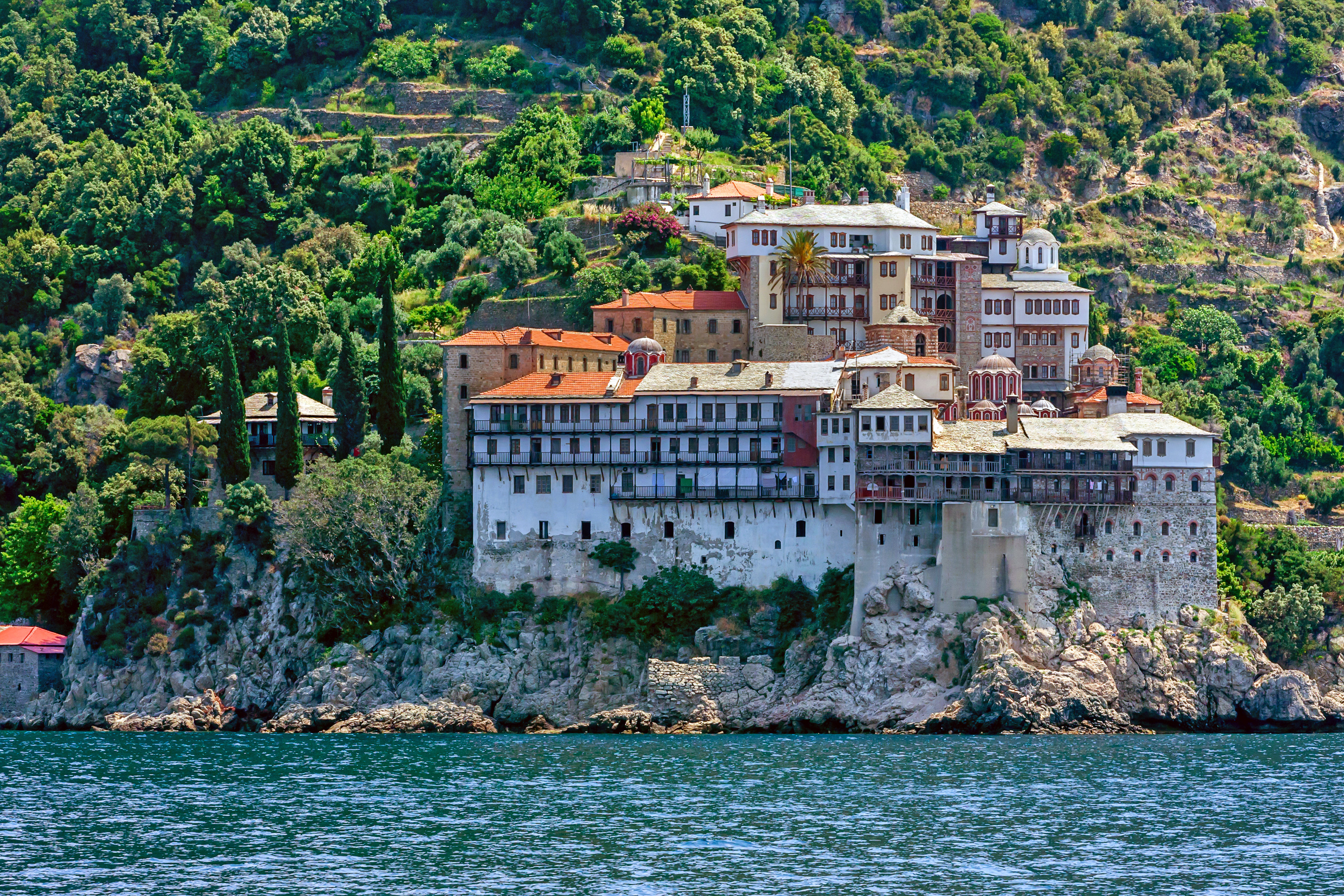
Mount Athos, a monastic republic in northern Greece, is home to twenty monasteries and a unique monastic community that has existed for over a thousand years. Known as the "Holy Mountain," Mount Athos is a center of Eastern Orthodox monasticism and spiritual life. Access to the peninsula is restricted, with entry granted only to male pilgrims and scholars, preserving the sanctity and traditions of the monastic community. The monasteries of Mount Athos are renowned for their architectural beauty, religious art, and extensive libraries of ancient manuscripts. Each monastery has its unique history and spiritual practices, offering a glimpse into the rich tapestry of Orthodox Christianity. The monks of Mount Athos live a life of prayer, contemplation, and manual labor, following the ancient monastic rule of St. Basil. As we explore the monasteries of Mount Athos, we will uncover the spiritual and cultural significance of this monastic republic and its enduring influence on Eastern Orthodox Christianity. Mount Athos stands as a symbol of the timeless pursuit of spiritual enlightenment and the preservation of monastic traditions.
6. Hanging Monastery, China: A Marvel of Ancient Engineering
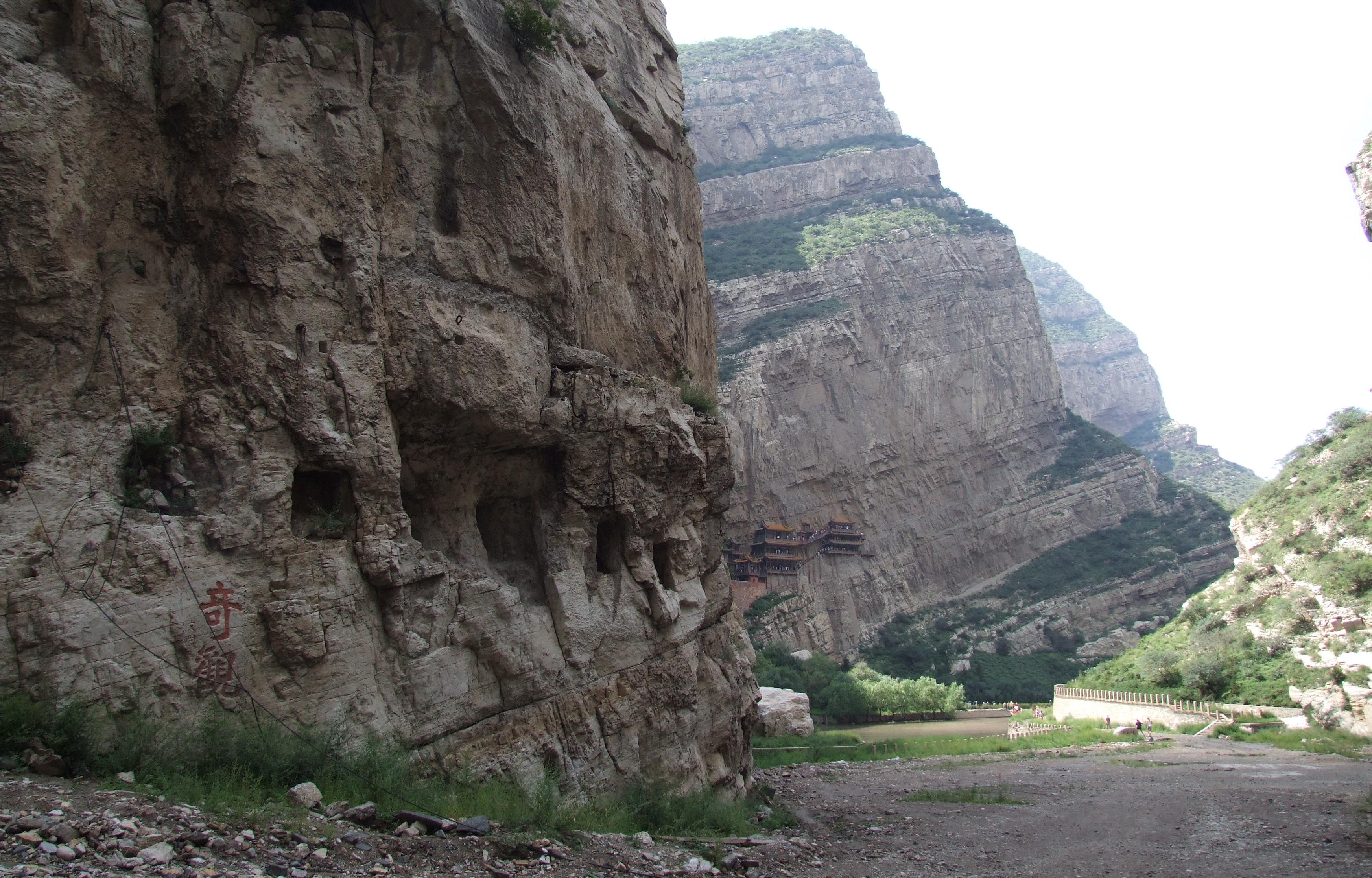
The Hanging Monastery, or Xuankong Si, is a marvel of ancient engineering, perched on a cliffside in the Shanxi Province of China. Built over 1,500 years ago, the monastery appears to hang precariously from the rock face, supported by wooden beams embedded into the cliff. The monastery is dedicated to three traditional Chinese religions: Buddhism, Taoism, and Confucianism, reflecting the harmonious coexistence of these spiritual traditions. The architecture of the Hanging Monastery is a testament to the ingenuity and craftsmanship of its builders, who overcame the challenges of the rugged terrain to create a sanctuary of peace and contemplation. The monastery's remote location offers stunning views of the surrounding mountains and the valley below, providing a sense of tranquility and isolation. As we explore the Hanging Monastery, we will delve into the history, architecture, and spiritual significance of this unique sanctuary, as well as its role in the cultural heritage of China. The Hanging Monastery stands as a symbol of the enduring quest for spiritual harmony and the triumph of human creativity over adversity.
7. Thiksey Monastery, India: A Majestic Monastic Complex in Ladakh
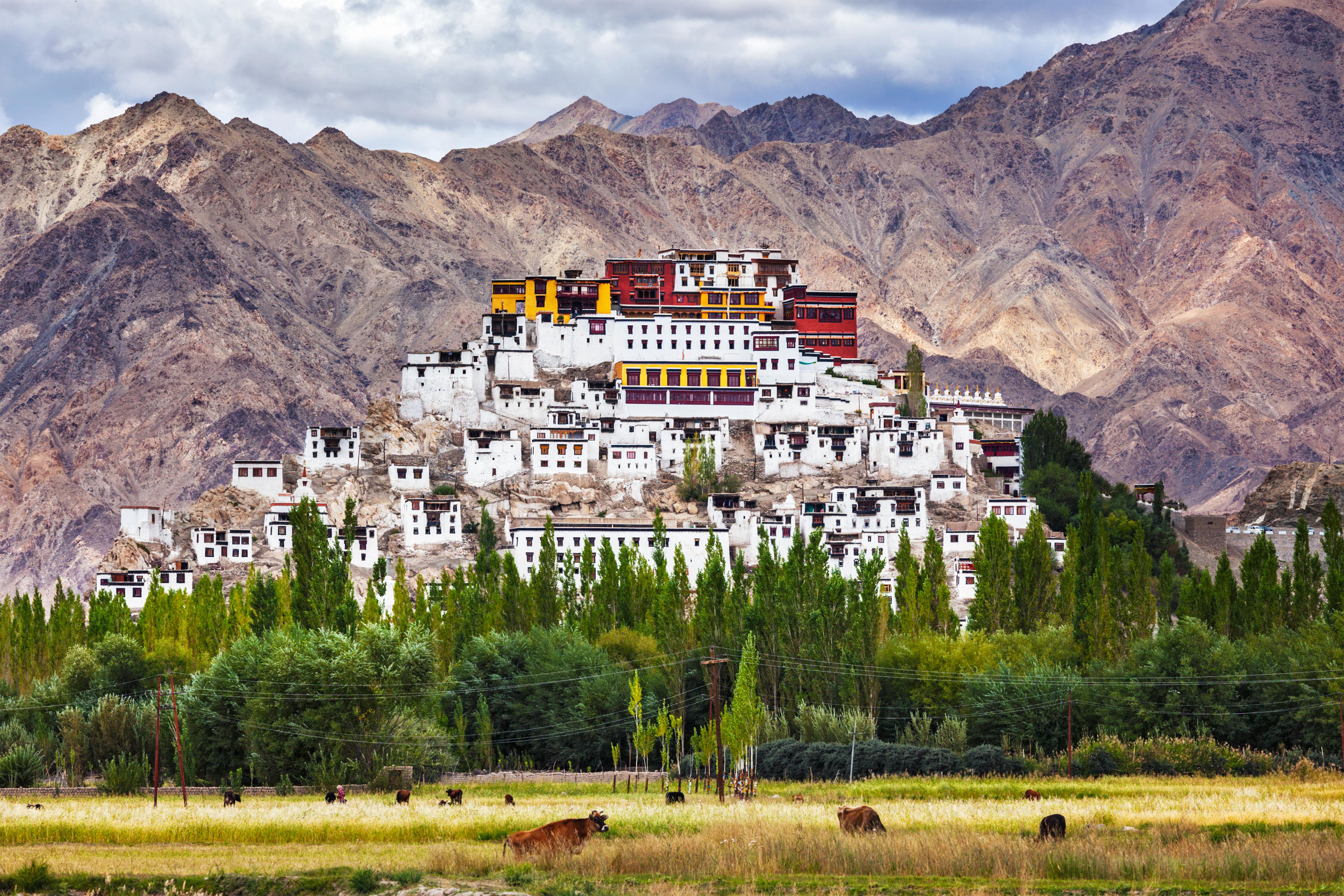
Thiksey Monastery, located in the high-altitude desert of Ladakh, India, is a majestic monastic complex that resembles the Potala Palace in Lhasa, Tibet. Founded in the 15th century, Thiksey is one of the largest and most influential monasteries in Ladakh, home to a vibrant community of monks who follow the Gelugpa tradition of Tibetan Buddhism. The monastery's hilltop location offers panoramic views of the Indus Valley and the surrounding snow-capped peaks, creating a breathtaking backdrop for spiritual practice. Thiksey is renowned for its stunning architecture, intricate murals, and the 15-meter-high statue of Maitreya Buddha that dominates the main prayer hall. The monastery hosts numerous festivals and rituals throughout the year, attracting pilgrims and tourists from around the world. As we explore Thiksey, we will uncover the history, spiritual practices, and cultural significance of this remarkable sanctuary, as well as its role in the preservation of Ladakh's unique Buddhist heritage. Thiksey Monastery stands as a testament to the enduring legacy of Tibetan Buddhism in the remote and rugged landscapes of the Himalayas.
8. Monastery of Saint George, Judean Desert: Canyon Sanctuary of Ancient Echoes
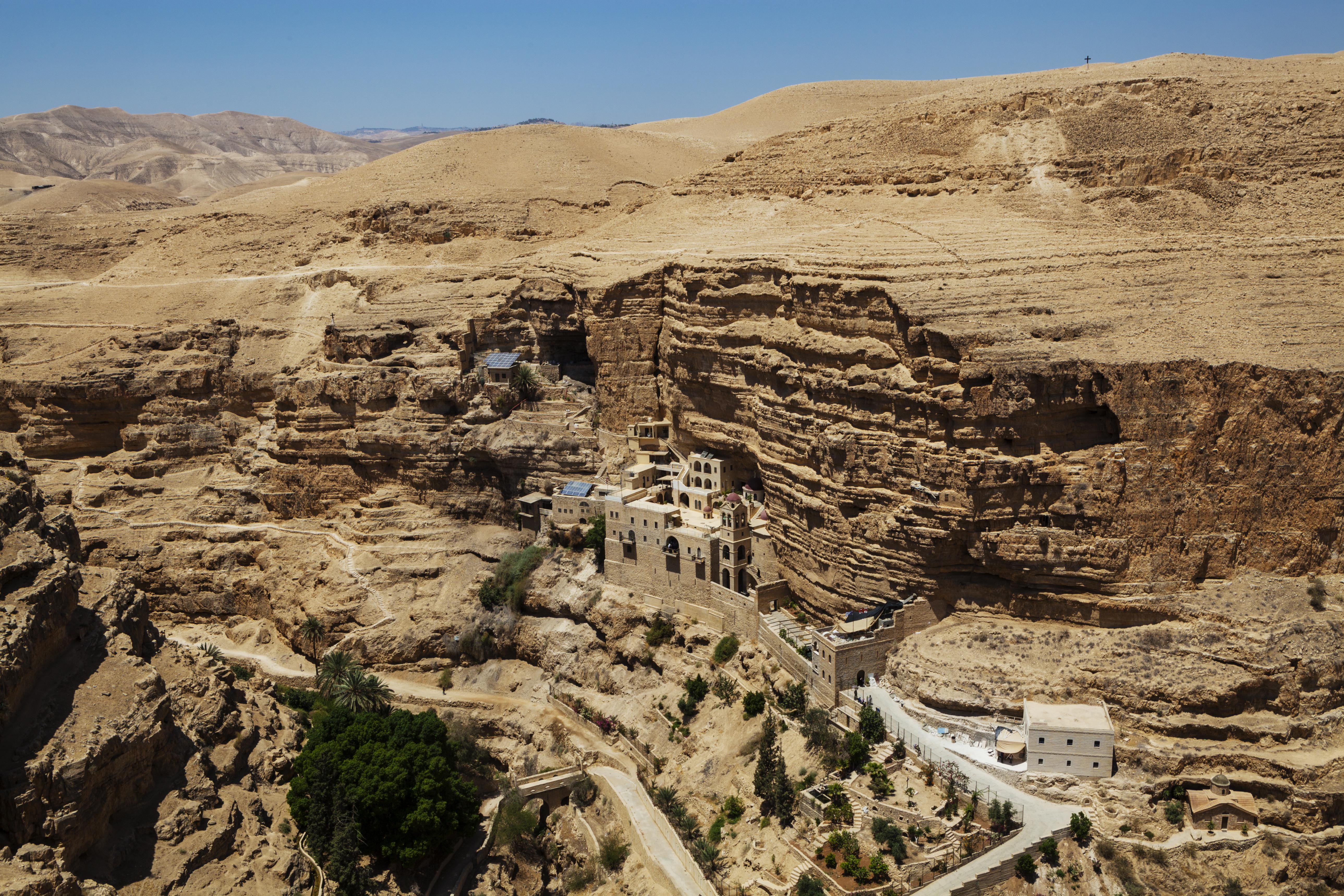
Seemingly embedded within the sheer, sun-scorched cliffs of the Judean Desert’s dramatic Wadi Qelt, the Monastery of Saint George of Choziba is an astonishing vision of enduring faith. This ancient Greek Orthodox sanctuary, with roots stretching back to the 4th century, appears almost as a mirage against the arid wilderness. Its blue-domed chapels and terraced gardens cling precariously, offering a spiritual oasis rich with vibrant frescoes and the echoes of hermits and prophets who sought refuge here. Reaching it demands a desert trek, rewarding visitors with profound serenity and a tangible connection to early Christian monasticism in a truly impossible, breathtaking perch.
9. Monastery of Ostrog, Montenegro: Carved into the Cliff of Miracles
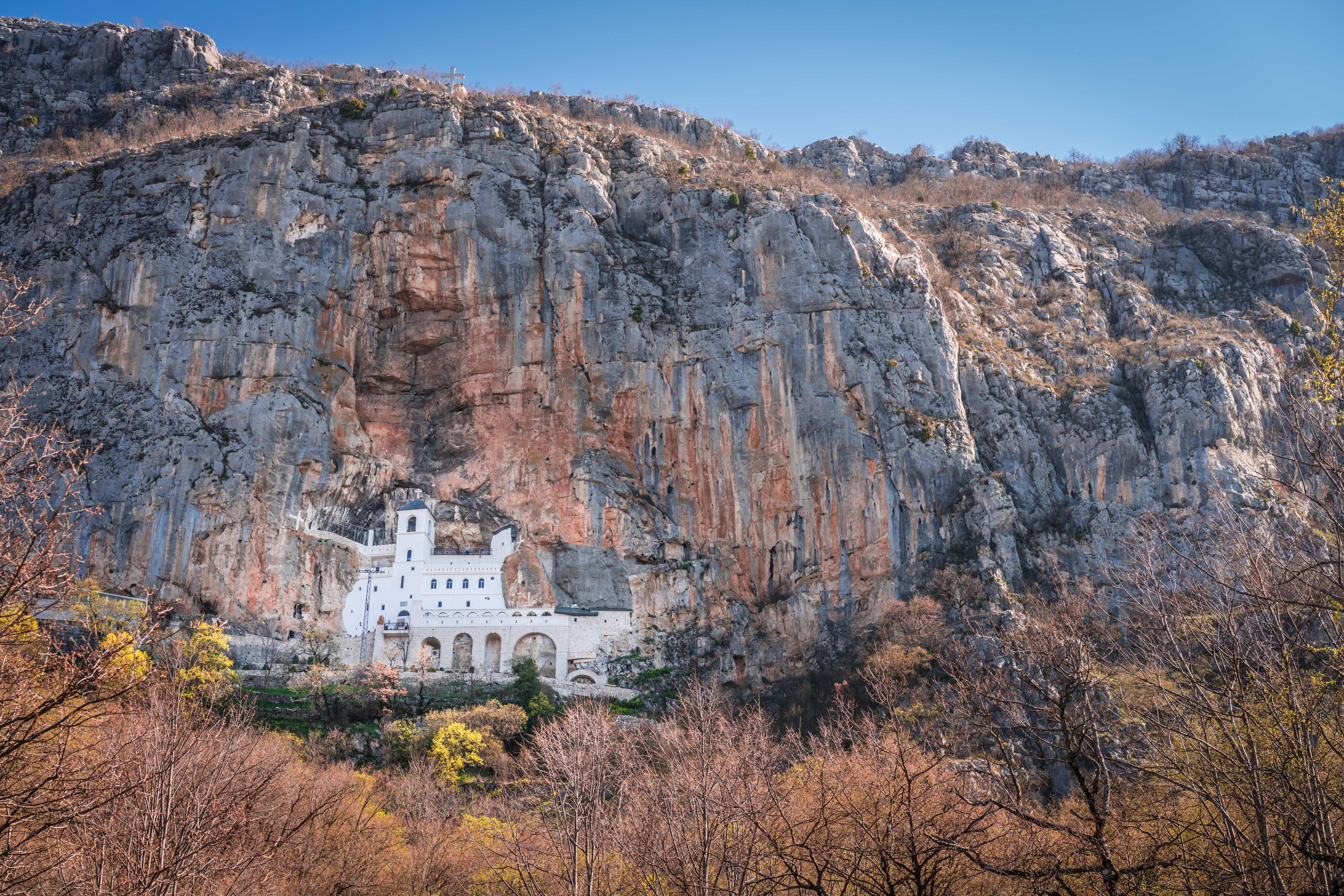
A dazzling white beacon against a sheer, almost vertical cliff face, the Serbian Orthodox Monastery of Ostrog in Montenegro is a breathtaking spectacle of devotion and daring construction. Founded in the 17th century by Saint Basil of Ostrog, whose holy relics are enshrined within, it draws hundreds of thousands of pilgrims annually, many seeking healing miracles and spiritual solace. Reaching its upper chapels, built within natural caves, involves a steep, winding ascent rewarded not only by spiritual encounter but also by astounding panoramic views of the Bjelopavlići plain far below.
10. Popa Taung Kalat, Myanmar: Volcanic Pedestal of Spirits and Stupas

Rising dramatically 737 meters from the plains surrounding the extinct volcano Mount Popa, Taung Kalat is a sheer-sided volcanic plug crowned by a picturesque Buddhist monastery. This "Pedestal Hill" is a revered home for Myanmar’s traditional "nats" (spirits), creating a unique fusion of Buddhist practice and ancient animist beliefs. The climb up 777 steps, often shared with lively monkeys, leads to gilded stupas, intricate shrines, and truly breathtaking 360-degree views over the Myingyan Plain, offering a vivid encounter with Myanmar's spiritual landscape.
11. Debre Damo, Ethiopia: Rope Ascent to an Ancient Sky Sanctuary
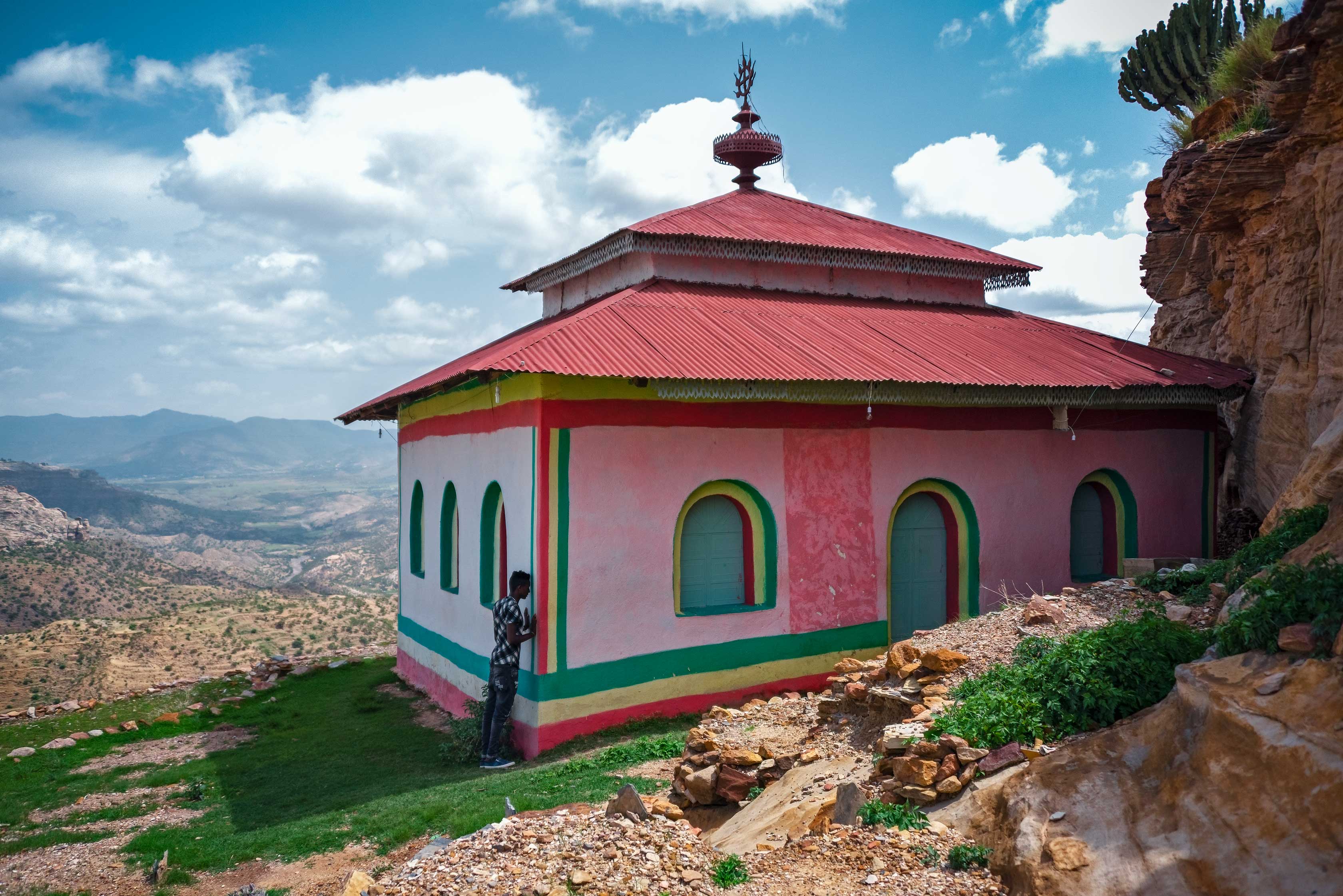
Perched atop a sheer-sided amba (flat-topped mountain) in northern Ethiopia, Debre Damo is one of the country's oldest and most venerated monasteries, uniquely accessible only by a daring 15-meter (50-foot) climb up a braided leather rope – a privilege traditionally reserved for men. Founded around the 6th century, this highly isolated Ethiopian Orthodox sanctuary preserves ancient manuscripts and remarkable Aksumite-era architecture within its fortified walls. The precipitous ascent ensures its seclusion, maintaining a monastic way of life largely unchanged for centuries, with stunning, windswept views from its sacred plateau.
12. Skellig Michael, Ireland: Monks' Wild Atlantic Perch
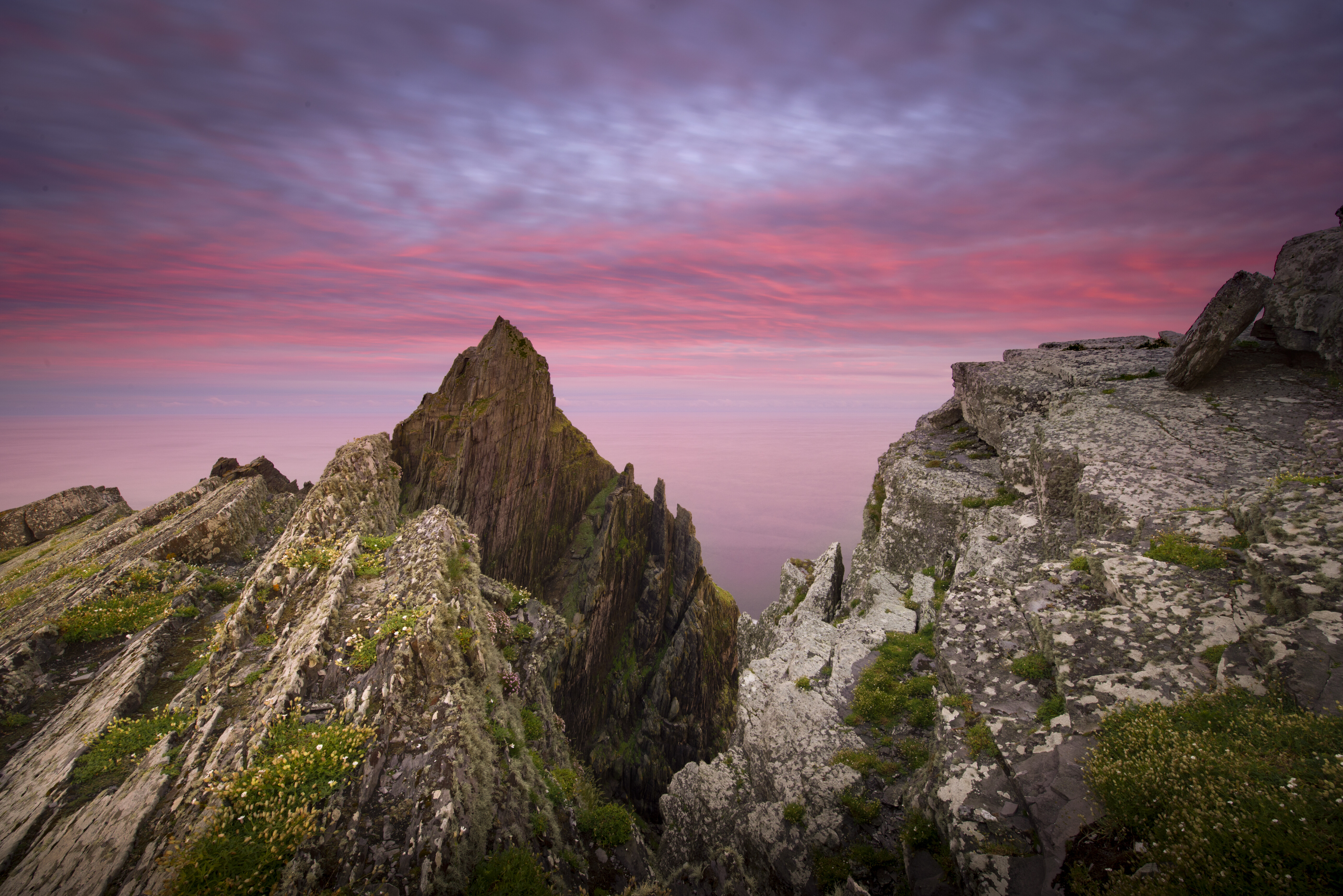
Off Ireland’s rugged southwestern coast, the precipitous, storm-lashed island of Skellig Michael hosts an astonishingly well-preserved early Christian monastic settlement. Founded perhaps in the 6th century, resilient monks lived in distinctive stone "beehive" huts (clocháns) clinging to near-vertical cliffs, enduring wild Atlantic weather in their quest for spiritual isolation. This UNESCO World Heritage site, now also famed from its Star Wars appearances, offers a raw, breathtaking encounter with early Irish faith, remarkable ingenuity, and the sheer, untamed power of nature, often shared with colonies of puffins.
The Timeless Appeal of Remote Monasteries
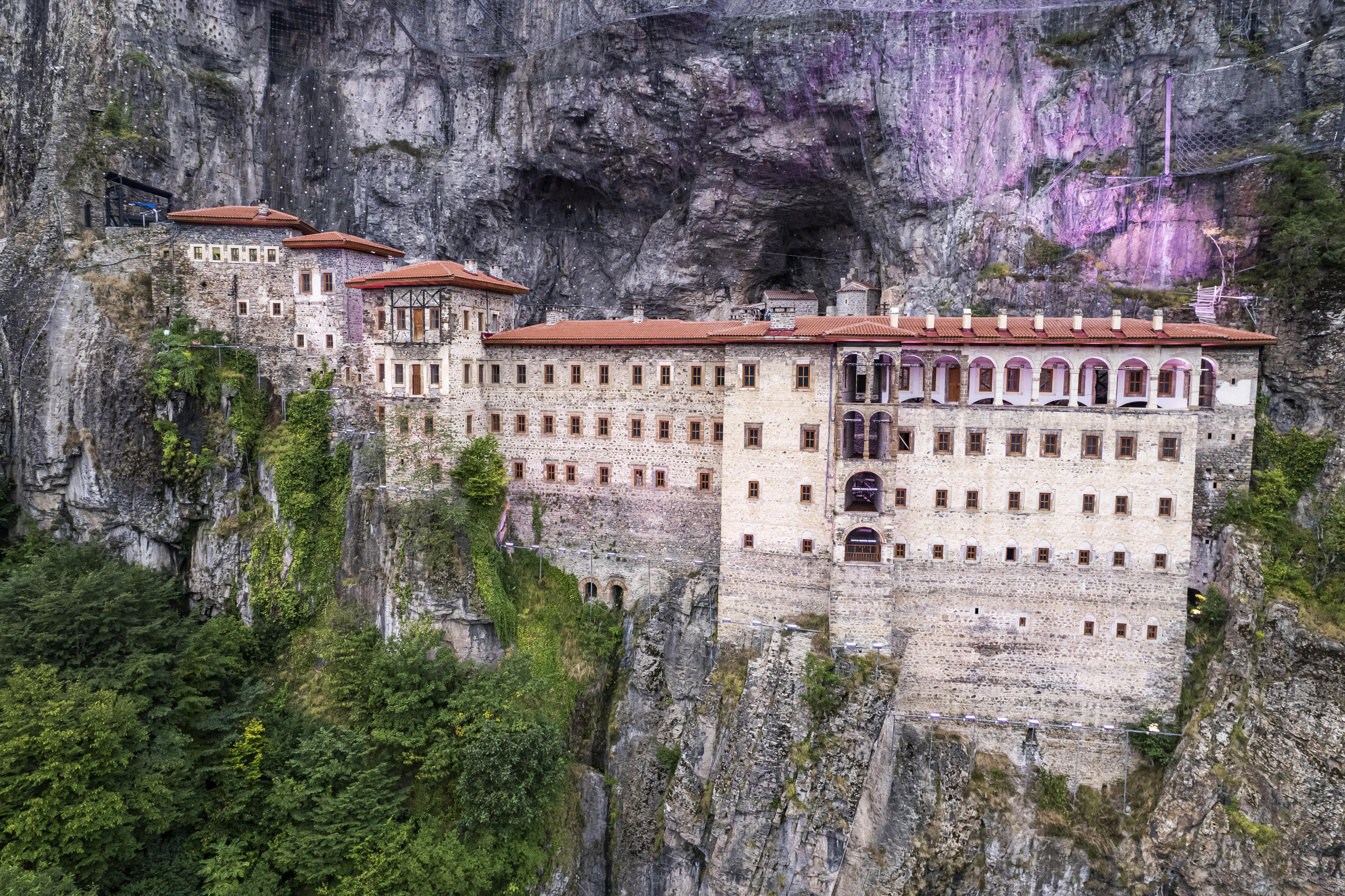
The remote monasteries we have explored in this article offer a glimpse into a world where spirituality, culture, and nature harmoniously coexist. These sacred spaces, perched on the precipices of breathtaking landscapes, provide not only a refuge for the soul but also a reminder of the enduring quest for enlightenment and the resilience of the human spirit. The architectural marvels, spiritual practices, and cultural heritage preserved within these monasteries serve as a testament to the creativity and devotion of those who have sought solace and inspiration in these remote sanctuaries. As we conclude our journey, we are reminded of the timeless appeal of remote monasteries, offering a sanctuary for reflection, contemplation, and a deeper connection with the divine. Whether as centers of spiritual practice, custodians of cultural heritage, or architectural wonders, these monasteries continue to inspire awe and reverence, inviting us to ascend the heights and discover the profound beauty and serenity that await in these breathtakingly remote sanctuaries.

